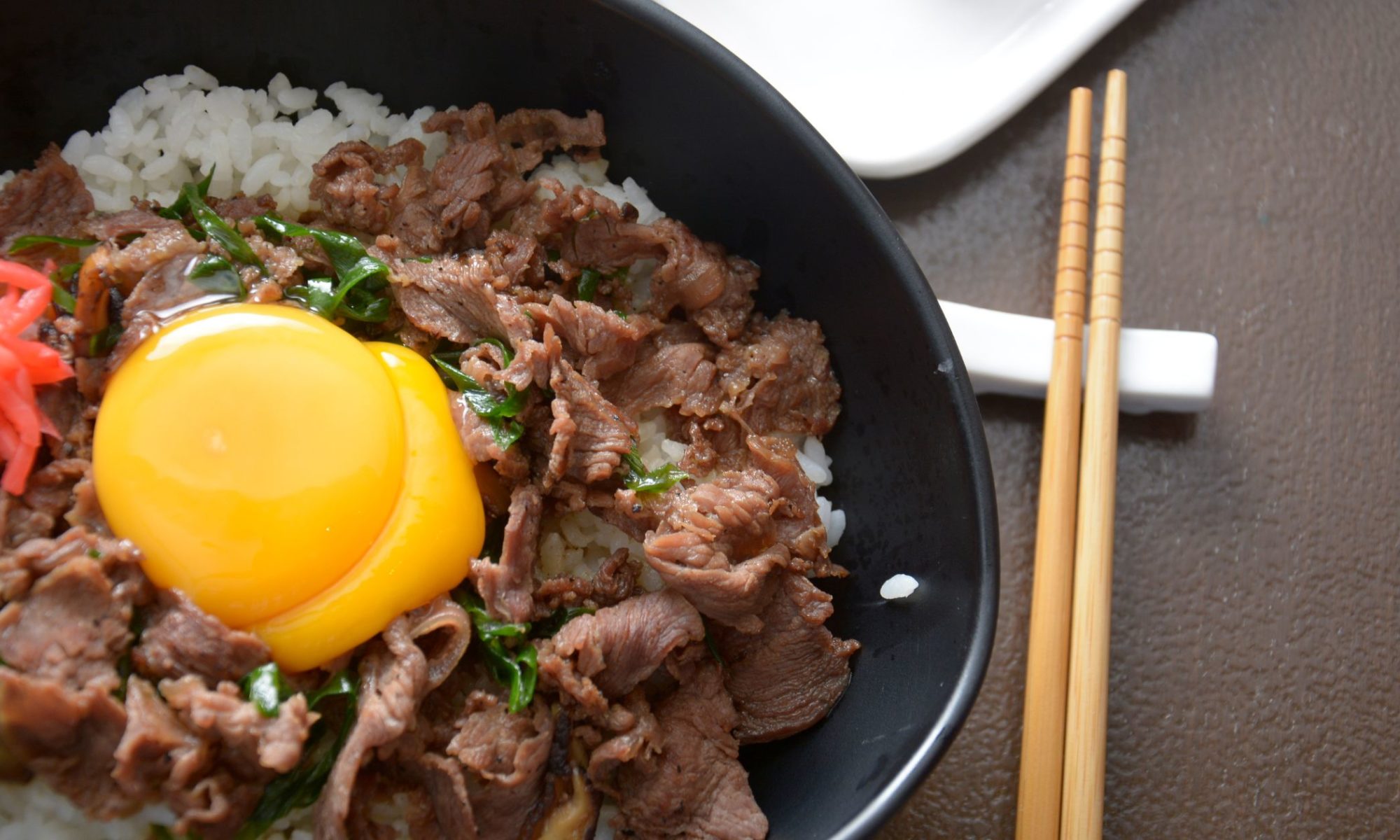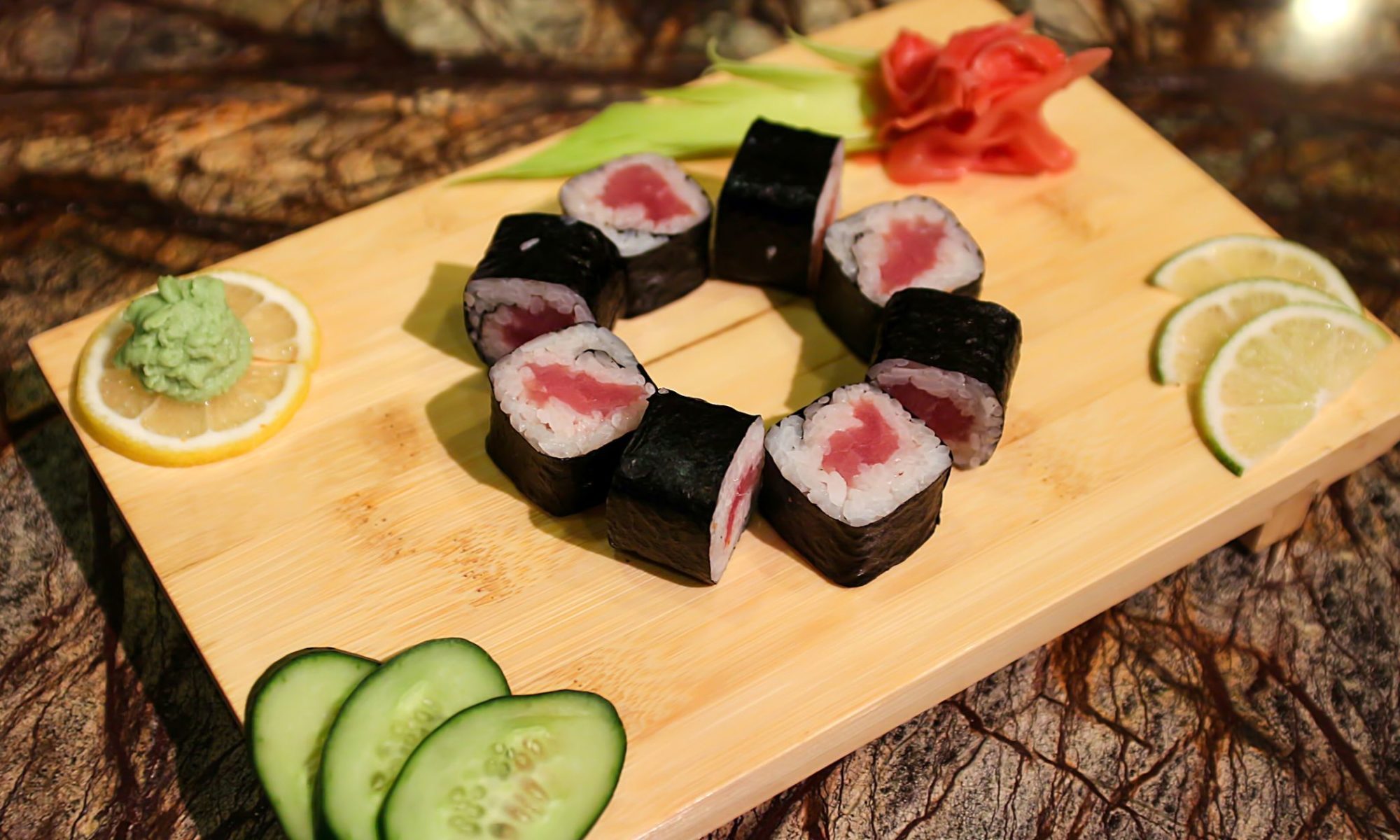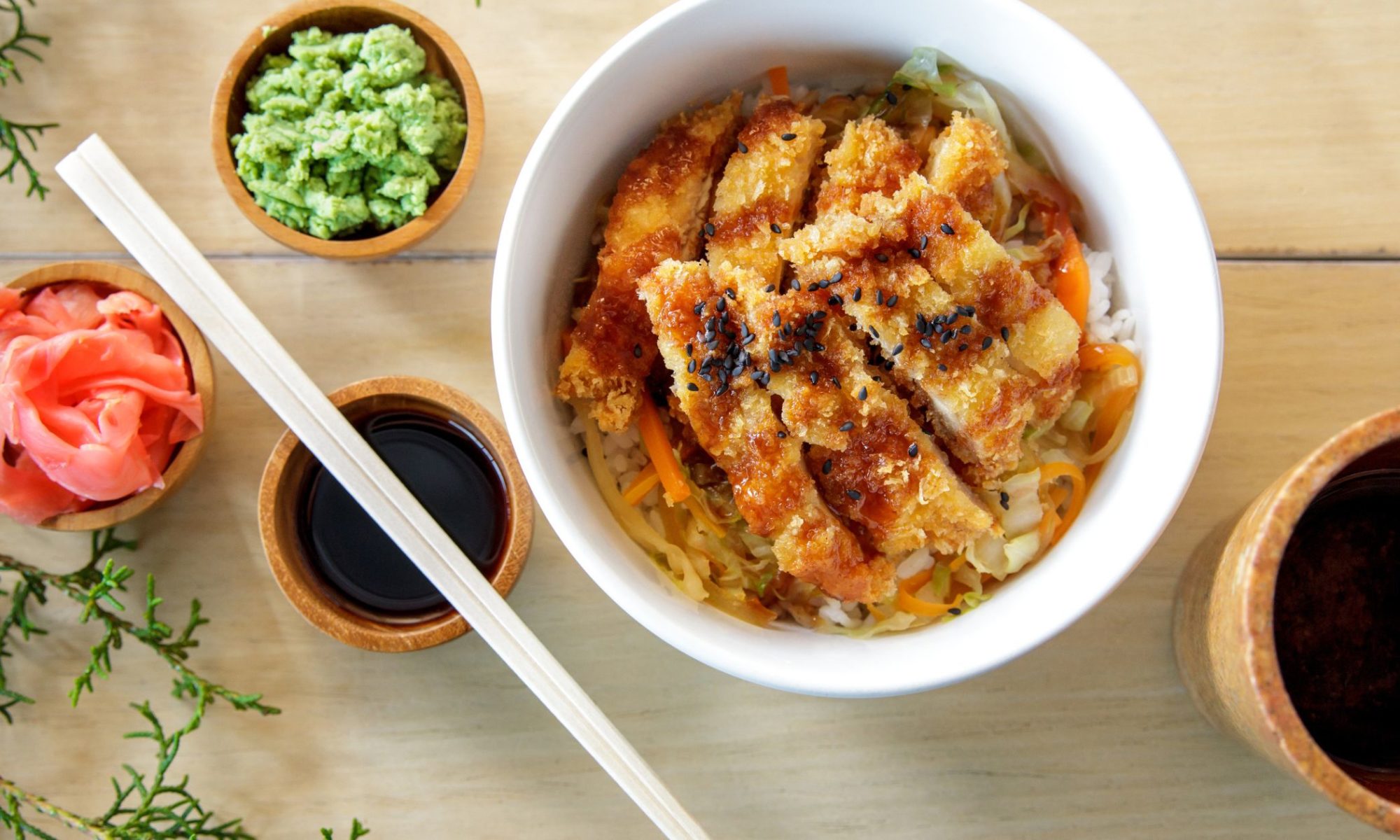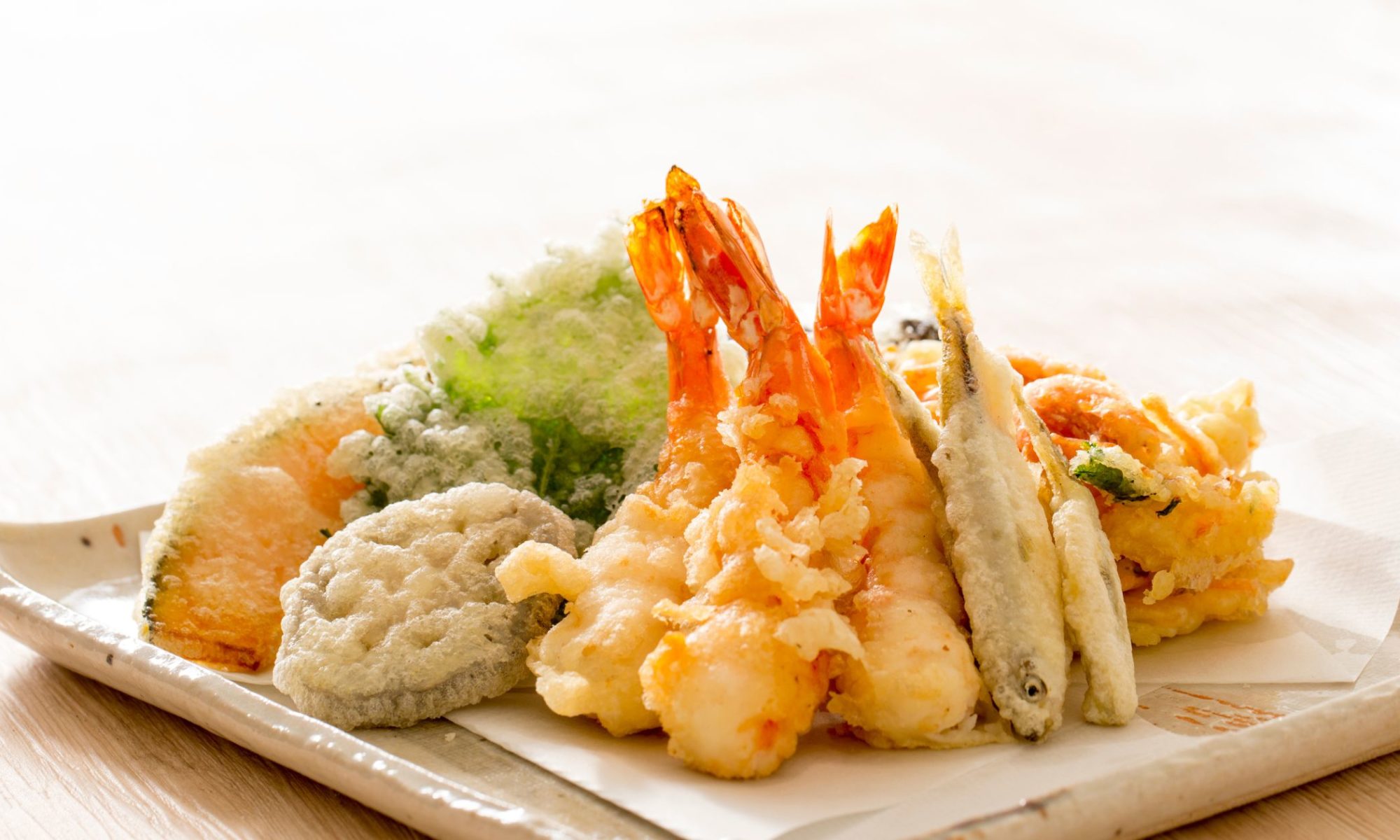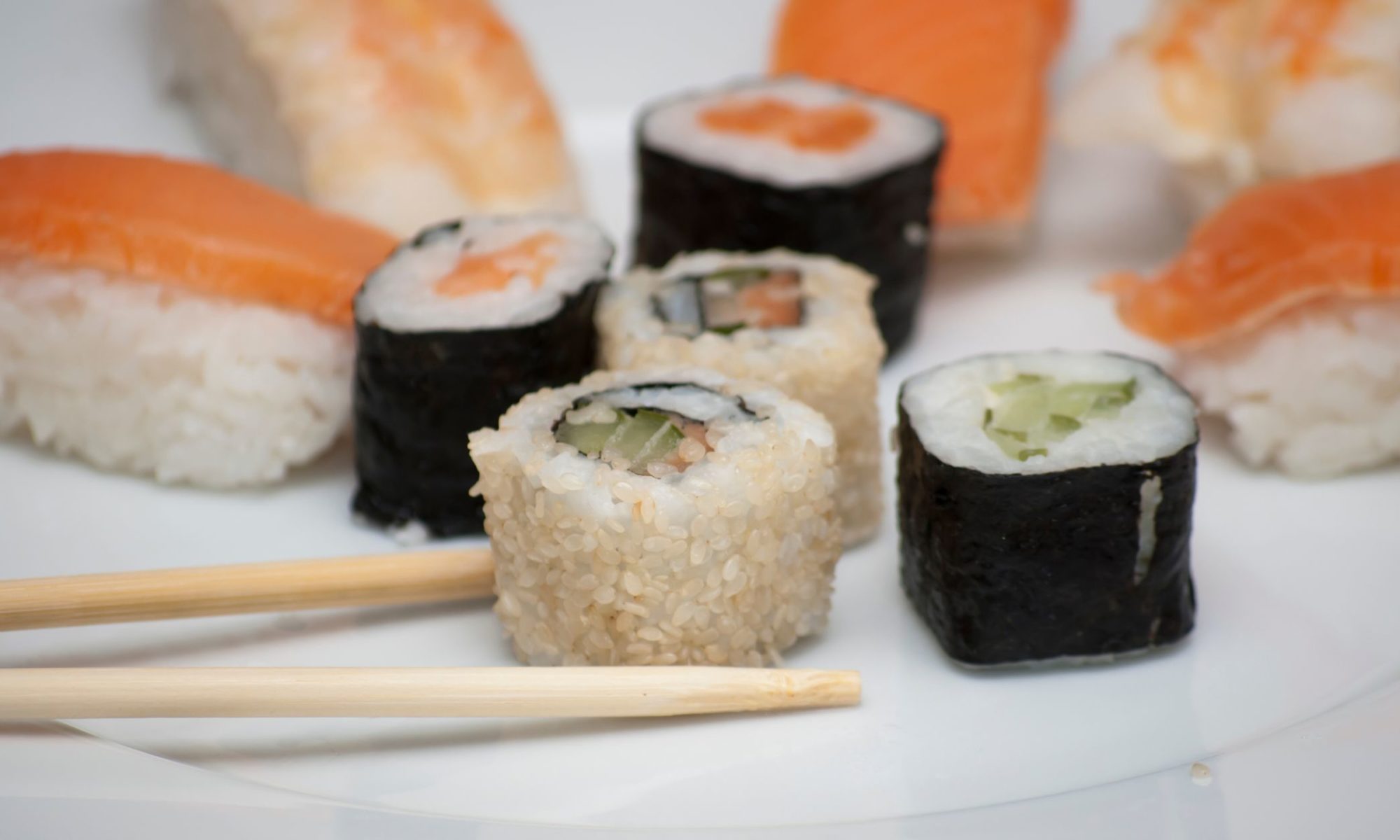Beef Donburi, or “Gyudon” as it’s traditionally known in Japan, is a beloved dish that marries the simplicity of steamed rice with the rich flavors of simmered beef and onion. This dish, which can be found from the bustling streets of Tokyo to the quiet kitchens of homes across the world, offers a comforting taste of Japanese cuisine that’s both easy to prepare and deeply satisfying. In this guide, we’ll take you through the steps to create your own Beef Donburi at home, exploring its ingredients, cooking techniques, and the cultural significance that makes it so special.
The Origins of Donburi
Before we delve into the cooking process, it’s worth appreciating the origins and evolution of Donburi. The term “Donburi” refers to a category of Japanese dishes that consist of a bowl of steamed rice with various toppings. The beauty of Donburi lies in its versatility; it can be topped with anything from fish and seafood to meat and vegetables, making it a staple meal for many in Japan. Gyudon, specifically, became popular in the late 19th century as Japan opened up to the world, and beef became more widely available. It’s a dish that reflects both the tradition and adaptability of Japanese cuisine, embodying flavors that are complex yet comforting.
Ingredients for Beef Donburi
To make Beef Donburi, you’ll need the following ingredients:
- Thinly Sliced Beef: Look for cuts like ribeye or sirloin for the best texture and flavor.
- Onions: Sliced thinly, they add sweetness and depth to the dish.
- Soy Sauce, Mirin, and Sake: These provide the classic savory, sweet, and umami-rich base of the sauce.
- Sugar: Just a bit to balance the flavors.
- Dashi Stock: This infuses the dish with a subtle seafood umami. You can make your own or use instant dashi powder.
- Steamed Rice: Short-grain Japanese rice is preferred for its sticky texture and ability to absorb flavors.
- Garnishes: Green onions, pickled ginger, and sesame seeds are common toppings.
Preparing the Ingredients
Rice Preparation
The foundation of any donburi dish is its rice. Japanese short-grain rice is preferred for its stickiness and ability to absorb flavors. Washing the rice is crucial; it removes excess starch, preventing the rice from becoming too sticky or gummy after cooking. The process involves rinsing the rice under cold water until the water runs clear, which may take several rinses.
Cooking the rice can be done in a rice cooker or on the stovetop. A rice cooker is convenient and provides consistent results. If using a stovetop, the general rule is to use a 1:1 ratio of rice to water, bring it to a boil, then cover and simmer on low heat for about 15 minutes. Let it steam for another 10 minutes off the heat before fluffing with a fork.
Beef and Onions
Choosing the right cut of beef is important. Ribeye or sirloin are excellent choices because they offer a good balance of fat and muscle, contributing to the dish’s flavor and texture. The beef must be sliced very thinly, almost paper-thin, which allows it to cook quickly and soak up the savory sauce. You can ask your butcher to slice the beef for you, or partially freeze the beef before slicing it at home for easier handling.
Onions add sweetness and depth to the dish. Slicing them thinly ensures they cook quickly and become tender, melding their flavors with the sauce and beef.
Cooking Beef Donburi
Start the Sauce
The sauce is what gives Beef Donburi its characteristic flavor. Soy sauce provides saltiness and umami, mirin adds sweetness and a hint of acidity, and sake introduces a depth of flavor that can’t be replicated with other ingredients. Sugar balances the saltiness, and dashi stock introduces a subtle seafood umami that rounds out the sauce. Combining these ingredients and bringing them to a simmer allows the flavors to meld.
Add the Onions
Adding the onions to the simmering sauce allows them to soften and become translucent, absorbing the flavors of the sauce. This step is essential for building the base flavor of the dish, as the onions release their natural sugars, contributing to the overall sweetness and complexity of the sauce.
Add the Beef
Once the onions are tender, adding the thinly sliced beef is the next step. It’s important to spread the beef slices evenly in the pan to ensure they cook uniformly. The beef cooks quickly due to its thinness, absorbing the sauce’s flavors and becoming tender. Overcooking the beef can make it tough and chewy, so monitoring this step closely is crucial.
Assemble the Bowls
The assembly begins with a base of steamed rice, providing a neutral background that complements the savory beef and onion topping. Arranging the beef and onions over the rice, then ladling the cooking sauce on top, ensures that every bite is flavorful and moist.
Garnish and Serve
Garnishes are not just decorative; they add essential flavors and textures to the dish. Green onions add a fresh, sharp contrast to the savory beef, while pickled ginger introduces a zesty, slightly sweet tang that cleanses the palate between bites. Sesame seeds offer a subtle nuttiness and a crunch that contrasts the dish’s overall tenderness.
Each step in preparing and cooking Beef Donburi is designed to build layers of flavor, from the base of perfectly cooked rice to the savory beef and onions, balanced with the complexity of the sauce and the freshness of the garnishes. By following these steps carefully, you can create a delicious and authentic Beef Donburi at home that rivals those found in the best Japanese restaurants.
Cultural Significance and Variations
Beef Donburi is more than just a meal; it’s a reflection of Japan’s culinary history and its openness to adapting foreign influences into something uniquely Japanese. This dish has evolved over the years, with variations that include additional vegetables, different types of meat, and even seafood versions. Each region in Japan has its take on Donburi, showcasing local flavors and ingredients.
Tips for Perfect Beef Donburi
- Slice Against the Grain: When preparing the beef, slice against the grain to ensure tender pieces that melt in your mouth.
- Balance the Flavors: The key to a delicious Gyudon is the balance of sweet, salty, and umami flavors. Adjust the seasonings to your taste, adding a little more soy sauce for saltiness or sugar for sweetness if needed.
- Simmer Gently: When cooking the beef and onions, a gentle simmer allows the flavors to meld together without overcooking the beef.
Also Read: How to Make Japanese Beef Curry: A Step-by-Step Guide
Conclusion
Beef Donburi is a testament to the simplicity and elegance of Japanese cuisine. It’s a dish that comforts the soul with its warm bowl of rice and savory toppings. By following this guide, you can bring a taste of Japan into your home, exploring the rich flavors and cultural significance of this beloved dish. Whether you’re a seasoned cook or new to Japanese cuisine, Beef Donburi is a delightful meal that’s sure to impress.

